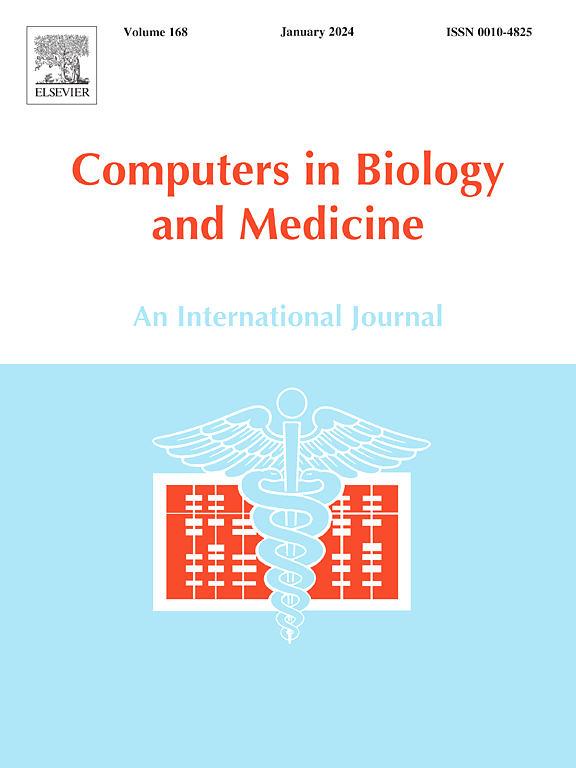Mitosis detection and classification for breast cancer diagnosis: What we know and what is next
IF 7
2区 医学
Q1 BIOLOGY
引用次数: 0
Abstract
Breast cancer is the second most deadly malignancy in women, behind lung cancer. Despite significant improvements in medical research, breast cancer is still accurately diagnosed with histological analysis. During this procedure, pathologists examine a physical sample for the presence of mitotic cells, or dividing cells. However, the high resolution of histopathology images and the difficulty of manually detecting tiny mitotic nuclei make it particularly challenging to differentiate mitotic cells from other types of cells. Numerous studies have addressed the detection and classification of mitosis, owing to increasing capacity and developments in automated approaches. The combination of machine learning and deep learning techniques has greatly revolutionized the process of identifying mitotic cells by offering automated, precise, and efficient solutions. In the last ten years, several pioneering methods have been presented, advancing towards practical applications in clinical settings. Unlike other forms of cancer, breast cancer and gliomas are categorized according to the number of mitotic divisions. Numerous papers have been published on techniques for identifying mitosis due to easy access to datasets and open competitions. Convolutional neural networks and other deep learning architectures can precisely identify mitotic cells, significantly decreasing the amount of labor that pathologists must perform. This article examines the techniques used over the past decade to identify and classify mitotic cells in histologically stained breast cancer hematoxylin and eosin images. Furthermore, we examine the benefits of current research techniques and predict forthcoming developments in the investigation of breast cancer mitosis, specifically highlighting machine learning and deep learning.
求助全文
约1分钟内获得全文
求助全文
来源期刊

Computers in biology and medicine
工程技术-工程:生物医学
CiteScore
11.70
自引率
10.40%
发文量
1086
审稿时长
74 days
期刊介绍:
Computers in Biology and Medicine is an international forum for sharing groundbreaking advancements in the use of computers in bioscience and medicine. This journal serves as a medium for communicating essential research, instruction, ideas, and information regarding the rapidly evolving field of computer applications in these domains. By encouraging the exchange of knowledge, we aim to facilitate progress and innovation in the utilization of computers in biology and medicine.
 求助内容:
求助内容: 应助结果提醒方式:
应助结果提醒方式:


